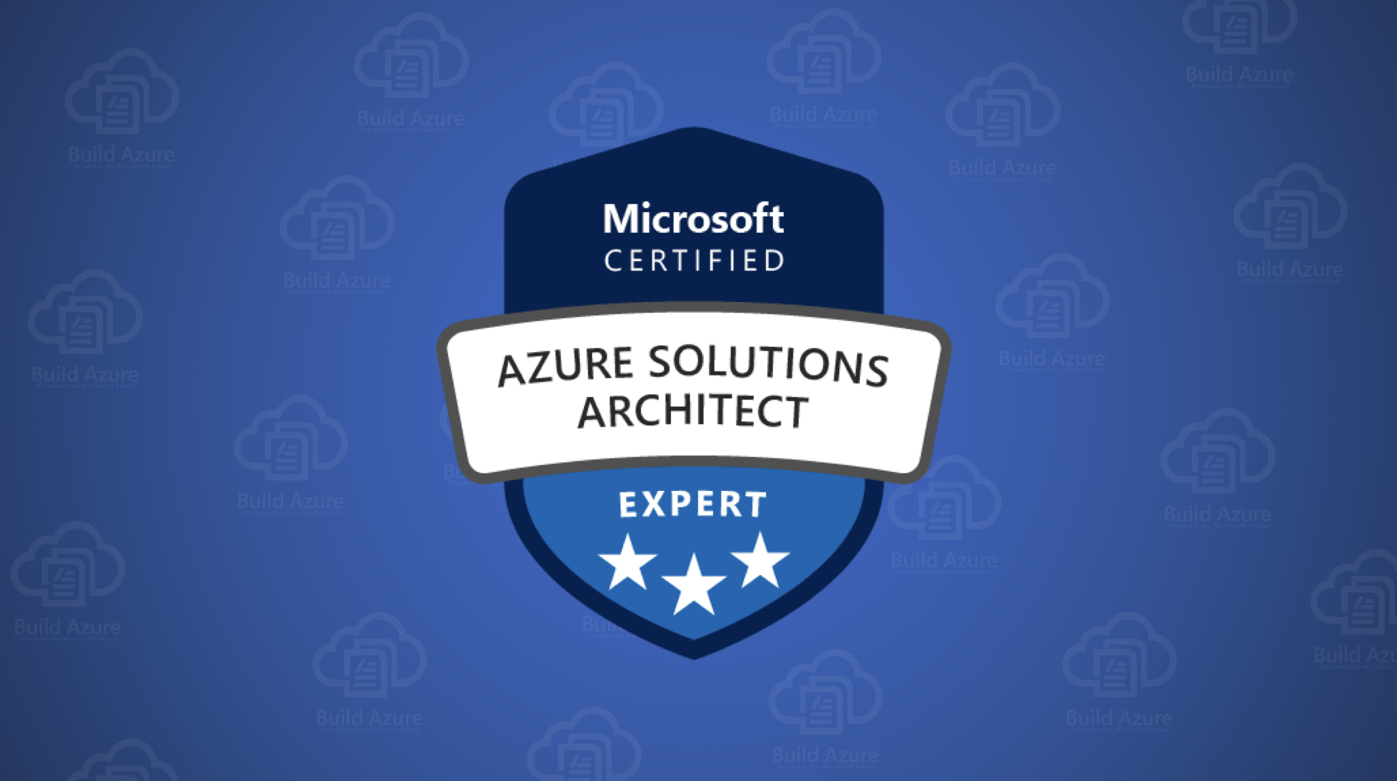Azure Architect is a highly-sought IT job. Cloud Architect salaries are expected to rise 88% in the coming year. A Cloud Architect’s average annual salary is US $155,000
The role of a Cloud Architect involves understanding the customer’s requirements and leading a team that includes developers, testers, database administrators, and other personnel to create a complete solution. The Cloud Architect works with customers, project owners, managers, and internal decision-makers to define the requirements and provide clear functional requirements for technical teams. Cloud Architects also work with customers to test and fix bugs, as well as to provide feedback to the engineers involved in deploying the applications.
Also Read: i bomma.info
What is an Azure architect?
Microsoft Azure is the fastest-growing cloud service provider. Azure ranks second in total revenue behind AWS, but it is growing faster than other cloud service providers.
Azure Architect, or Azure Solutions Architect, is a Cloud Architect who creates solutions for Microsoft Azure Cloud.
A typical Azure architect is a senior technical person who has at least 10 years experience in building and managing software solutions. An architect understands the entire life cycle of a software project, including team roles and management as well as technical implementation. The architect is also familiar with virtualization, storage, processing and identity. A typical Azure architect is proficient in Azure administration and testing, development, DevOps, and other related topics.
How to become an Azure architect
You may be a skilled software architect with good knowledge of Microsoft Azure.
Microsoft offers two exams for becoming a Microsoft Certified Azure Solutions Architect Expert. Microsoft Azure Solutions Architects need to have knowledge in network, storage, security, and computation so they can design solutions for Azure.
Exam AZ300: Microsoft Azure Architect Technologies, and Exam AZ301: Microsoft Azure Architect Design are the exams. Each exam costs US $165.
Exam AZ-300: Microsoft Azure Architect Technologies
This exam is for Azure Solution Architect. They advise stakeholders and convert business requirements into reliable, secure and scalable solutions. Candidates must have extensive experience in all aspects of IT operations including virtualization, identity and security, budgeting, governance, budgeting, and management. This role involves managing the impact of decisions made in each area on an overall solution. Candidates should be skilled in Azure administration, Azure programming, and DevOps and must have expertise in at least one domain.
Exam AZ-301: Microsoft Azure Architect Design
This exam is for Azure Solution Architects. They advise stakeholders and convert business requirements into reliable, secure and scalable solutions. Candidates must have extensive experience in all aspects of IT operations including virtualization, identity and security, budgeting, governance, budgeting, and management. This role involves managing the impact of decisions made in each area on an overall solution. Candidates should be skilled in Azure development and Azure administration and must have expertise in at least one domain.
Azure Solutions Architect
Microsoft offers free and paid training for Azure Solutions Architects. Here’s the path to becoming an Azure Solutions Architect.
- Azure fundamentals
- Manage resources in Azure
- Understanding Azure Architecture and Design
- Data storage, insights, and Azure Databricks
- Perform data engineering
These skills are measured as part of this certification:
- Configure and deploy infrastructure
- Security and workloads should be implemented
- Apps can be created and deployed
- Secure data and authentication
- For Azure storage and cloud development
- Workload requirements
- Security and identity design
- Create a data platform solution
- Create a business continuity plan
- Design for migration, integration, and deployment
- Create an infrastructure strategy
- Create an infrastructure strategy
The design of a Storage Strategy involves designing a storage access strategy, storage provisioning strategy, and identifying storage needs.
The design of a compute strategy includes designing compute provisioning strategies and secure compute strategies. It also involves determining the appropriate computer technologies (e.g. virtual machines, functions, service fabric, container instances etc.). Designing an Azure HPC environment, identifying compute needs, and recommending management tools.
The design of a network strategy includes network provisioning and security strategies, identifying network requirements and recommending tools for network management.
A Monitoring Strategy for Infrastructure is a strategy that allows for alert notifications to be sent and also provides metrics and alert design.
